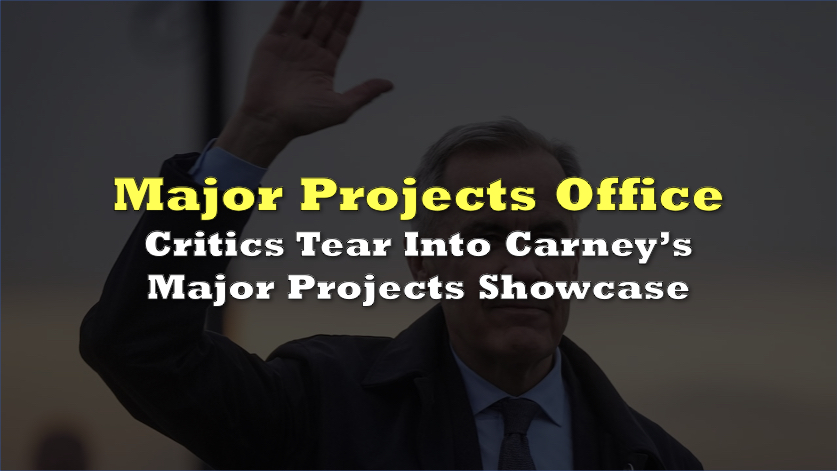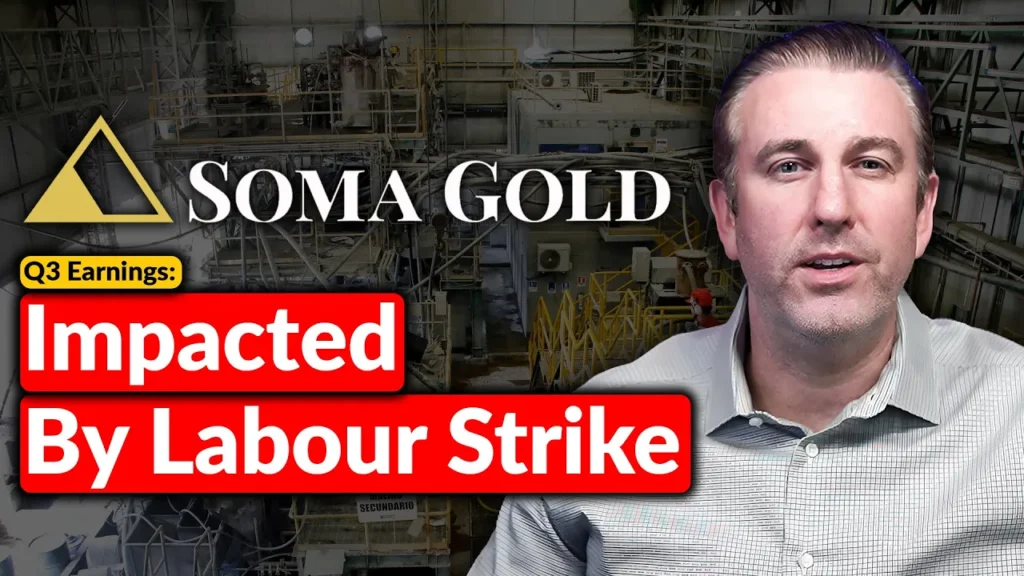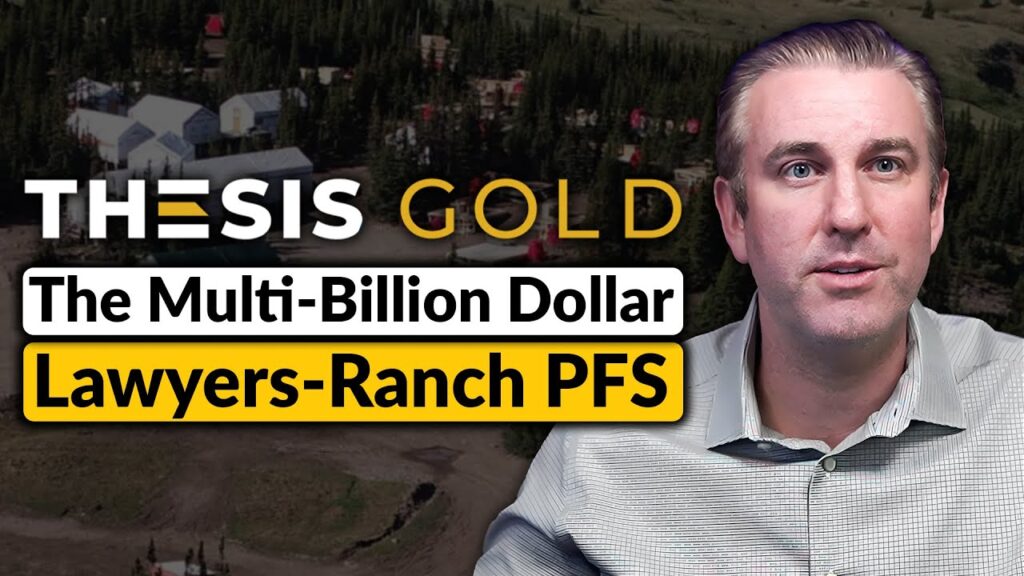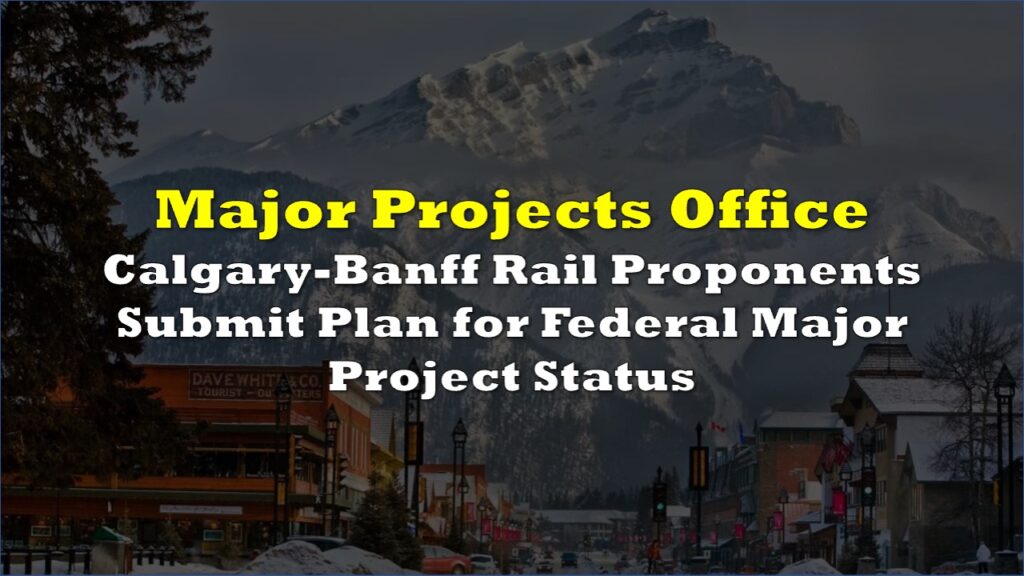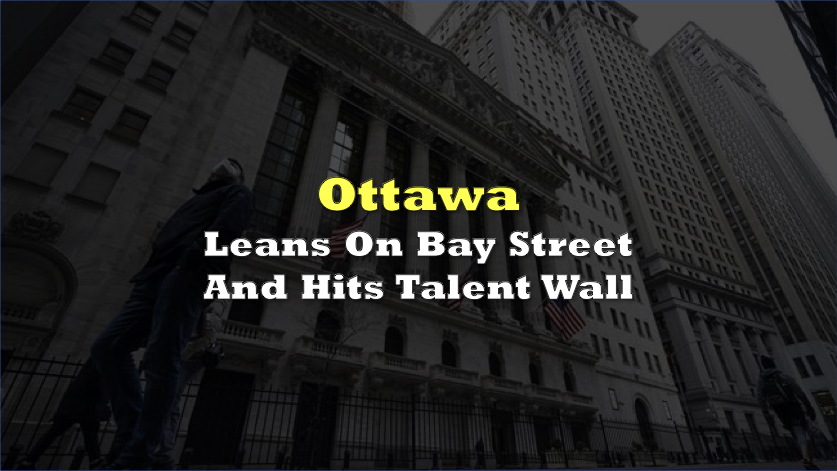The federal government’s newest slate of “major projects” is being sold as a transformative fast track for nation building but is landing in a 2025 budget context that shows a record $78 billion new hole in Canada’s public finances.
Finance Canada says the Major Projects Office will “fast-track major nation-building projects that are in the national interest” and will “connect our country, attract domestic and global capital, and create high-paying careers,” tying the program directly to capital attraction and employment objectives.
The latest official list includes seven projects spanning conservation, transmission, liquefied natural gas, critical minerals, graphite and hydro power, including the Northwest Critical Conservation Corridor, North Coast Transmission Line, Ksi Lisims LNG, Canada Nickel’s Crawford Nickel Project, Nouveau Monde Graphite’s Matawinie Mine, Northcliff Resources’ Sisson Mine and the Iqaluit Nukkiksautiit Hydro Project, a portfolio that notably still contains no conventional oil pipeline.
Canadas major projects announcements are a national embarrassment – an economic ‘hostage release’ program – that tells the world just how uninvestible Canada has become under the Liberal party.
— David Knight Legg (@KnightLegg) November 13, 2025
1970s central planning Liberal govt arrogance is at an all time GDP destroying high.… https://t.co/Avi5yoJW1q pic.twitter.com/3OZnegQbvh
Alberta and the oil patch remain blockaded. Even though a single oil pipeline would have more GDP than the rest of these combined.
— Ezra Levant 🍁🚛 (@ezralevant) November 13, 2025
But don't forget the weirdness of this: an opaque magical process by which King Carney announces which companies will be allowed and which won't. https://t.co/sAs651nzrB
The federal Sankey chart for the 2025 to 2026 fiscal year shows total revenues of $584 billion comprised of $407 billion in personal income tax, $84 billion in corporate income tax, $51 billion in GST and $42 billion in other revenues, implying a system still heavily reliant on wage earners for more than two thirds of Ottawa’s tax take.
On the spending side, the same chart presents a matching $584 billion outflow with $284 billion in direct program expenses, $114 billion in major transfers to persons, $105 billion in transfers to other governments and $50 billion in public debt charges.
Former Alberta economic adviser David Knight Legg calls Canada’s major projects announcements “a national embarrassment” and “an economic ‘hostage release’ program,” arguing they highlight “how uninvestible Canada has become under the Liberal party.” He says the same budget that underpins the Major Projects Office “just punched a record new $78 billion hole through our public finances” and comes on top of roughly $1 trillion in borrowing “to fund their failed decade of central planning, green slush funds and EV mandates while real infrastructure projects wait years for the Liberal party to bless them.”
A separate line graph sourced from OECD data via IceCap Asset Management shows the combined federal and provincial tax take hovering near 27% of GDP in recent years, with the federal share peaking around 15% in 2010 before sliding toward roughly 12% while provincial receipts rise from about 13% to around 15%.
Conservative Leader Pierre Poilievre is also attacking the projects list from a different angle, accusing Prime Minister Mark Carney of rebranding previously planned private or provincial builds as new federal victories. He says Carney is “standing up, doing photo ops, announcing that he’s going to approve a bunch of projects that were already going to happen,” citing Ksi Lisims as a case where a Liberal minister allegedly promised back in 2017 that the project would be underway within a year and calling today’s move a reannouncement of “that same liberal promise.”
NEW: Conservative Leader @PierrePoilievre says PM @MarkJCarney is taking credit for projects that were previously planned. pic.twitter.com/D7DgEi16A9
— TrendingPolitics.ca (@TrendPolCa) November 13, 2025
That critique is reinforced on the timing side by MP Dan Albas, who notes that the BC Hydro North Coast Transmission Line project began planning in 2022 and “is already scheduled to begin construction in the summer of 2026 regardless of any federal election,” adding that “this construction timeline was set before PM Carney even concocted the idea of the MPO,” which raises questions about how many of the announced projects are genuinely accelerated.
FYI – The BC Hydro North Coast transmission line project, (planning started in 2022) is already scheduled to begin construction in the summer of 2026 regardless of any federal election.
— Dan Albas (@DanAlbas) November 13, 2025
This construction timeline was set before PM Carney even concocted the idea of the MPO. https://t.co/kQRGHCVTbc
Energy analyst Heather Exner-Pirot says that on closer inspection “we thought we were getting regulatory streamlining but what we’re getting is government financing,” suggesting that the initiative may be layering new federal capital commitments and risk guarantees on top of existing multi year regulatory processes rather than materially shortening them.
My hot take on the most recent tranche of federal major projects for @TheHubCanada podcast. TLDR; we thought we were getting regulatory streamlining but what we’re getting is government financing. https://t.co/uzuXfNOTVN
— Heather Exner-Pirot (@ExnerPirot) November 13, 2025
Yet the program has defenders who stress the importance of political stability and continuity for investors and workers now pinned to the new project slate. Commentator Bruce Anderson writes that “with the latest round of announced major projects to be fast-tracked many businesses and workers will be counting on the BQ, CPC and NDP to not force an election and put these projects in doubt,” implying that cancellation risk tied to an early election could weigh on hiring and capital deployment even before shovels hit the ground.
Knight Legg concludes that “2026 is the end of the Liberal lost decade” and predicts “first recession. Then debt downgrade. Then an election,” warning that Carney can “go back offshore to his assets and all the other global investors who like him don’t invest in Canada under Liberal mismanagement.”
Information for this briefing was found via the sources and the companies mentioned. The author has no securities or affiliations related to this organization. Not a recommendation to buy or sell. Always do additional research and consult a professional before purchasing a security. The author holds no licenses.

